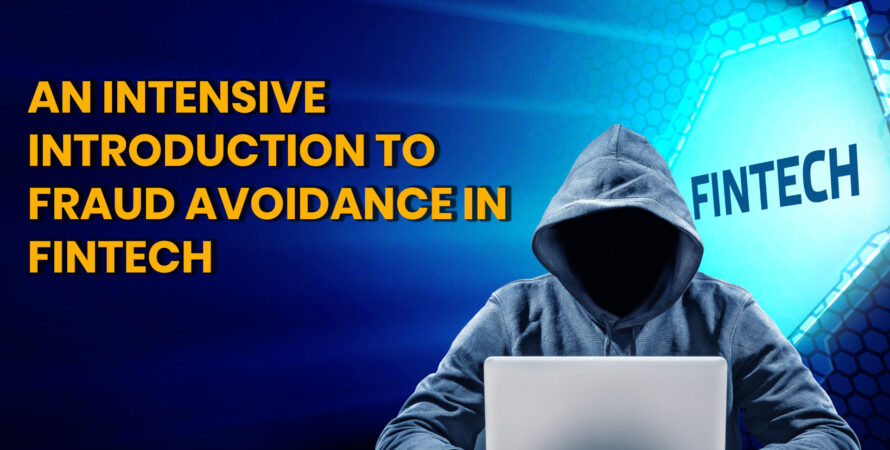- The speedy rise within the fintech industry provides fraudsters with novel chances.
- Coordinating interaction with users and cybersecurity
- A healthy compromise has to be struck between effective safeguards against fraud and ensuring an outstanding consumer experience.
Fintech businesses adjust fiscal responsibilities through accessibility and growth. Nonetheless, technological development has weaknesses, particularly a higher incidence of fraud. This extensive research delves into the essential operations and tools that fintech firms utilize to address fraud and protect customers and businesses alike.
Fintech Fraud Combating Disputes
- Rapid Technological Advancements
The fintech sector evolves rapidly, introducing new products and services. While this item helps user sellers, it additionally gives deceivers the possibility to take advantage of potential vulnerabilities in contemporary technology.
- User Experience vs. Security
Fintech companies must provide a flawless and user-friendly experience while maintaining robust security. Striking the right balance is grueling but essential to maintaining client trust.
Advanced Fraud Prevention Strategies
- Machine Literacy and AI
Machine literacy and AI (artificial intelligence) can be helpful tools in identifying episodes of fraud. Fintech businesses can manage to locate crime in real-time through the firm’s inspection of immense quantities of data to spot unfamiliar trends and irregularities.
- Behavioral Analytics
Behavioral analytics cover consumer relations and patterns to establish a normal gestation. When diversions occur, such as unusual login times or sale quantities, it triggers cautions for implicit fraud.
Technologies For Fraud Prevention
- Biometrics
Biometric authentication styles, like point, facial recognition, and voice recognition, enhance security by ensuring that users are who they claim to be. To aid in protecting illicit usage, fintech businesses make use of biometric information for authentication more and more often.
- Multi-Factor Authentication (MFA)
MFA adds a redundant layer of security by asking users to provide multiple forms of authentication, similar to a word, a point checkup, and a one-time law transferred to their mobile device.
Fraud Prevention In Different Fintech Parts
- Digital payments
Fintech companies in the digital payments sector employ encryption, tokenization, and real-time sale coverage to help prevent fraudulent deals. They additionally train users on safe protocols, particularly figuring out the authenticity of those before sharing funds.
- Online Lending
Fraud prevention in online lending involves identity verification, credit checks, and fraud discovery algorithms. Lenders monitor borrower details to identify failures or illegal activity.
Balancing Act Security And User Experience
- Streamlined Onboarding
Fintech companies must ensure a smooth onboarding process while recognizing consumers’ individualities. Technologies like digital KYC (know your client) and document verification help strike a balance between security and convenience.
- Nonstop Monitoring
Rather than counting solely on point-in-time identity verification, fintech companies apply nonstop monitoring of user exertion to describe suspicious gestures after onboarding.
Conclusion
In the field of fintech, avoiding fraud is an essential aspect of preserving both the safety and assurance of companies as well as their clients. To tackle building hazards, fintech organizations are turning to advanced approaches and technologies like gadget proficiency, behavioral research, biometrics, and a combination of factors.
Balancing security and a flawless user experience remains a challenge, but it’s pivotal to maintaining client trust in the fleetingly evolving fintech landscape. Appropriate fraud mitigation strategies will be key for both the survival and success of fintech as this field continues to affect the future of financial assistance.




